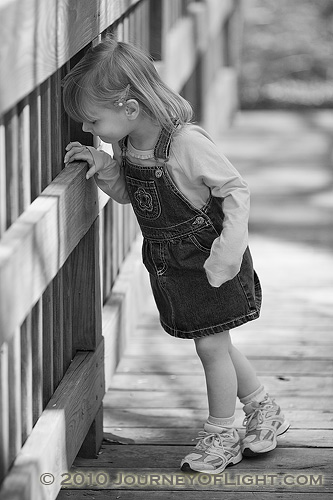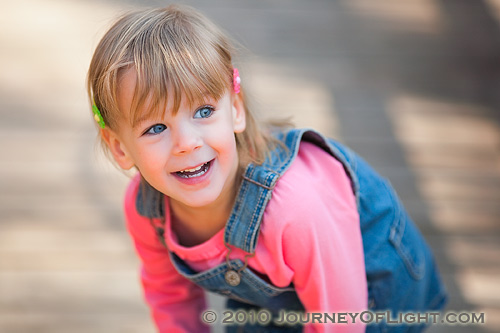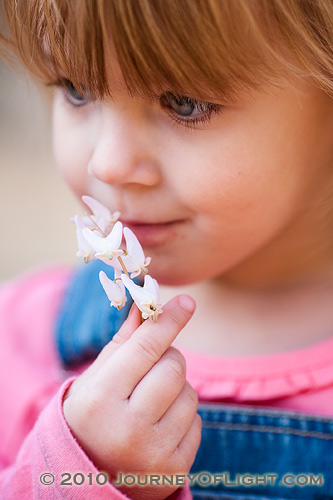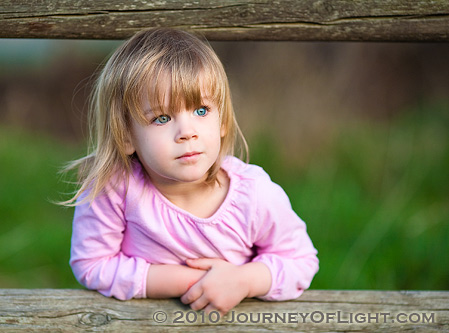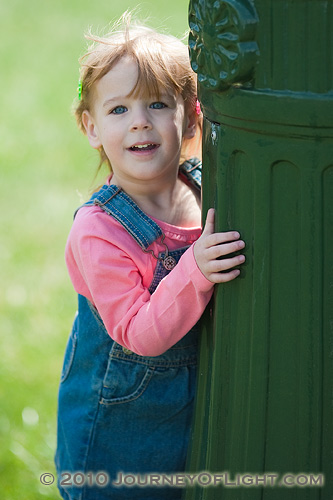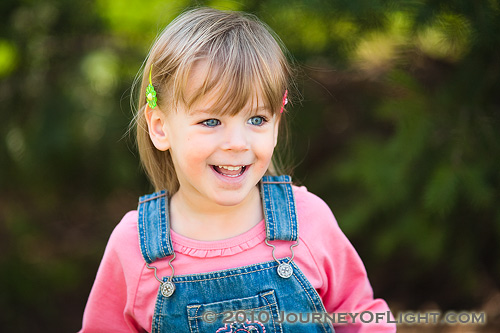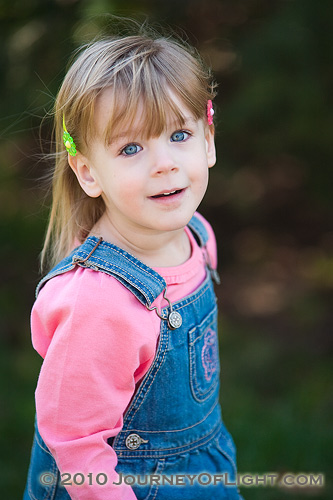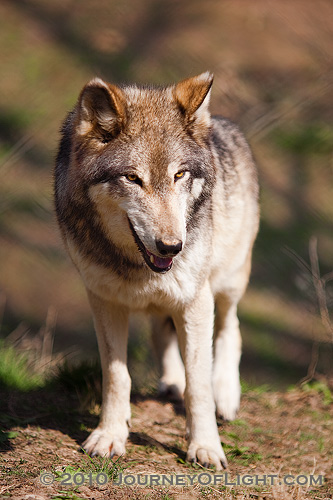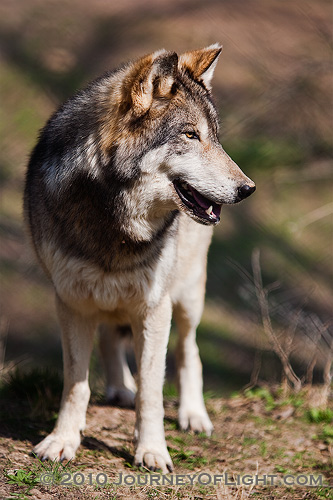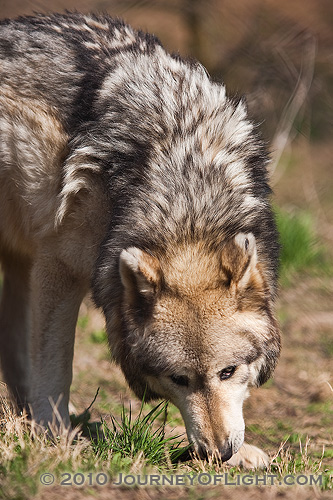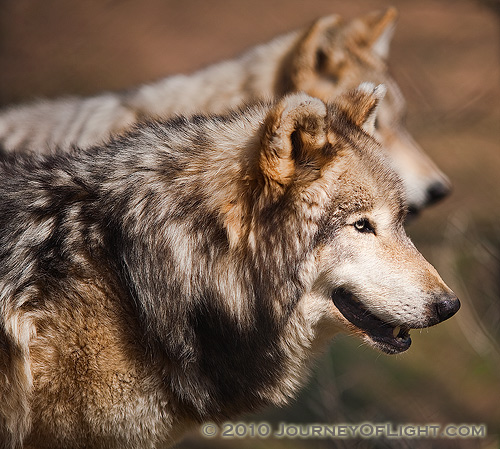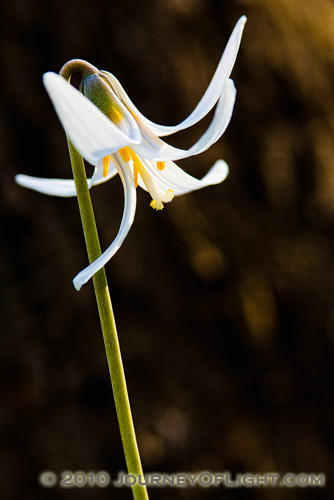135mm of Pure Joy
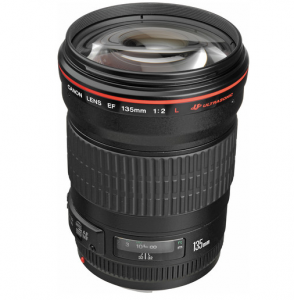
After over a year of waiting and much debate, I decided to order a Canon 135 f/2L lens. Being primarily a landscape/wildlife photographer, this lens wasn’t on anywhere close to my future purchase shortlist (I was holding out for a 17 or 24 tilt/shift) for quite a while. Reviews of this lens are nothing short of rave. On every merchant website I visited this lens never scored below a 4 out of 5 and the vast majority of those reviews were 5s. I have never seen any product that didn’t have at least 1 bad review since usually, there’s one or two people out there ready to throw out a bad review for any little thing. This lens had none of that and there were literally hundreds of reviews.
So what were the main motivating factors that pushed me towards this lens?
- As my portraiture picked up, I needed a lens with a fast autofocus (lots of fast kids).
- Compatibility with Canon teleconverters, both the 1.4x and 2x support autofocus on all Canon cameras (making it a 189 f/2.8 and a 270 f/4 lens).
- I needed a lens that allowed me to capture a greater rate of in-focus photographs in lower light.
The 135 arrived on Friday so I spent the weekend field testing it. As I am not into photographing brick walls, looking at charts, or studying diagrams I am going to include my subjective thoughts and observations into today’s posts. If you need charts and graphs, feel free to look at the hundreds of sites dedicated to that. Frankly, it gives me a headache and keeps me from shooting.
I’ll begin by what I expected. Since this lens is at the top of every portrait photographer’s list and is recognized for its sharpness, I expected to receive a lens that was sharp, provides a good working distance between my subject and I, and gave excellent bokeh, color, and contrast. When I finally had it in my hand and attached to a camera I found that I was wrong on 4 counts. The lens is extremely sharp, has incredible bokeh, fabulous color, and phenomenal contrast. In short, the lens exceeded my every expectation (well, except my working distance one, I guess, but how do you improve on that?).
Next, I’ll mention how it compares to what I already own. In the normal and short to long telephoto arena I currently own a 70-200 f/4l (Non-IS), 300 f/4l (IS), and a 50mm compact macro lens. The “fastest” lens I had owned previously was the 50 which opened up to 2.5. This lens gives me some great depth-of-field, and it has some good bokeh associated, but the autofocus is horrendous and the working distance was a tad close. The lens is primarily meant to be a macro lens with the primary mode of focus being manual so it often hunts to obtain focus. This makes this “fast” lens not so fast when it comes to snapping portraits, especially of constantly moving children.
My 300 f/4l focuses quickly and was my sharpest lens. Not great as a general-purpose human portrait lens (as opposed to animal portrait), but it has great bokeh. This was the sharpness benchmark that I expected the 135 to exceed.
The 70-200 f/4l covers the 135 focal range and was the primary reason I held off on purchasing this lens for so long. I have owned this lens longer than any other and I use it frequently for portraits. The focus is fairly snappy, however, this lens lacked when it came to focusing inside and was not as fast as I needed more often than I was willing to admit.
Finally, I’m going to post some photos. These exemplify the beauty of this lens. My focus rate was extremely high and I used various focus points. Really, I felt like I was holding a whole new camera, the autofocus was that fast! The sharpness of the lens and the way that the rest of the image melts away from the area in focus is simply superb. All photos below were taken with a Canon 5d (Original flavor) and 135 f/2L.
Extending the Possibilities
Adding to the versatility of this lens, this is the shortest telephoto lens in the Canon lineup that allows for the Canon teleconverters to be added. Wanting to get the best bang for my buck, I went out and field tested the performance with the second iteration of the Canon 1.4x.
Below are two sample images from the Canon 135 f/2L with the Canon EF Extender 1.4x II mounted to an original Canon 5D. This is the shortest lens that allows this combinations and my experience with this was quite good, excellent, in fact. The autofocus continues to be snappy, most of my photos achieved focus quickly, perhaps not quite as fast as without the teleconverter, but the difference was barely noticeable. Image quality is excellent, the sharpness and bokeh are still very good. Additionally, this combination maintains the minimum 2.8 aperture, which provides for the extra sensitivity on the diagonal cross type center focus points on most Canon DSLRs. I have no hesitation in using the 1.4 teleconverter in almost any situation if I found myself a little more distant from my subject.
This lens is great for portraits, but how is it for other purposes?
Wildlife
Since the 135 f/2l is super sharp and fast, shooting wildlife might be a good use for this lens. As I wanted to try this, I went out to a local wildlife conservatory and shoot some critters. Here are some samples, all shots were with a Canon 5d (Original Flavor), the 135 f/2l and a Canon 1.4x Extender II and all shots were captured at f/2.8.
As is evident, the lens with the teleconverter was great at capturing these wolves clearly and easily. The focus was achieved quite effectively allowing me to get some action shots. Because of the wide aperture of this lens, I was also able to open up wide to blur out the fence between the wolves and me, rendering it invisible in almost every shot. In the wild, I certainly would not want to be as close to these guys as I was here. Overall, the lens worked well for this purpose, but I doubt I would want the short distance I had here when capturing shots of wildilfe (I was about 12 feet away). Besides encroaching on their personal space, they would either run away or see me as a threat! I think I’ll stick to my 300 and 1.4tc for most shots of wildlife.
Macro
While researching this lens, I read several posts of individuals utilizing it as a macro lens. Since I dabble in the macro quite often I was very interested in seeing what I could do. Spring in Nebraska brings some wildflowers, but most tend to be small, delicate, and can be difficult to capture. While hiking through Platte River State Park, I came across some examples of a white fawn lily.
Using the lens by itself, the flower was too far to focus on. In order to get a closer shot, I placed a 1.4x teleconverter and a 25mm extension tube on the 135 and even then, I wasn’t as close as I would have liked. This example shot is about a 65% crop of the image that was captured. Even so, the flower is sharp (as expected) and the bokeh is very nice. Not horrible for macro, but I would say if macro’s your thing to get a dedicated macro lens, otherwise, be sure to have a few extension tubes and a teleconverter handy. A crop camera would be beneficial here as well.
So, the end result is that the camera is adequate for other work, but would not be the ideal lens for wildlife and macro shooting. Still I always like pushing my lens into other areas than what is considered the “norm”, partially because I like to see what I can do, and partially because when one spends that much on something it’s nice to be able to use it in diverse ways.
Lastly, this lens begs to be used at wide-open apertures. It’s sharp, got excellent bokeh, versatile, and did I mention sharp? If you have any reservations about this lens, cancel them now and order.
